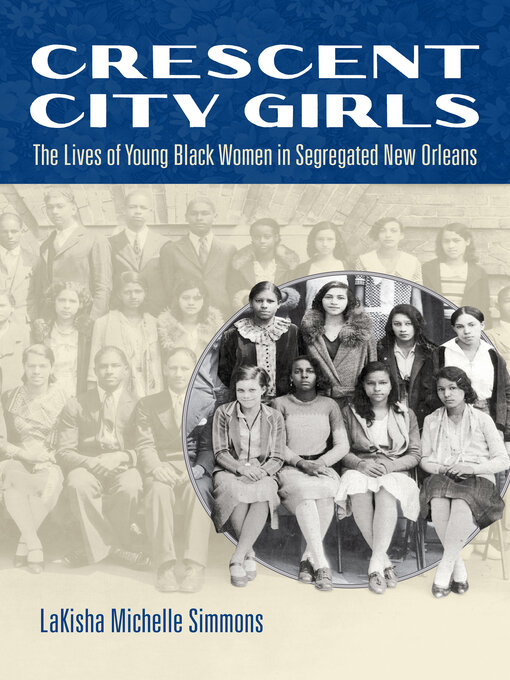- New eBook additions
- Available now
- New kids additions
- New teen additions
- Waiting for A Calamity of Souls by David Baldacci
- Waiting for... Funny Story by Emily Henry
- Most popular
- Try something different
- Breathe Deep and Unwind
- Books for Lifelong Learning
- Local Authors
- All eBooks
- See all
- Available now
- New audiobook additions
- New kids additions
- New teen additions
- Most popular
- Try something different
- All audiobooks
- Breathe Deep and Unwind
- Books for Lifelong Learning
- Quick Listens
- Waiting for A Calamity of Souls by David Baldacci
- Waiting for... Funny Story by Emily Henry
- See all
- Popular Magazines
- Just Added
- Cooking & Food
- Fashion
- Health & Fitness
- Home & Garden
- News & Politics
- See all

